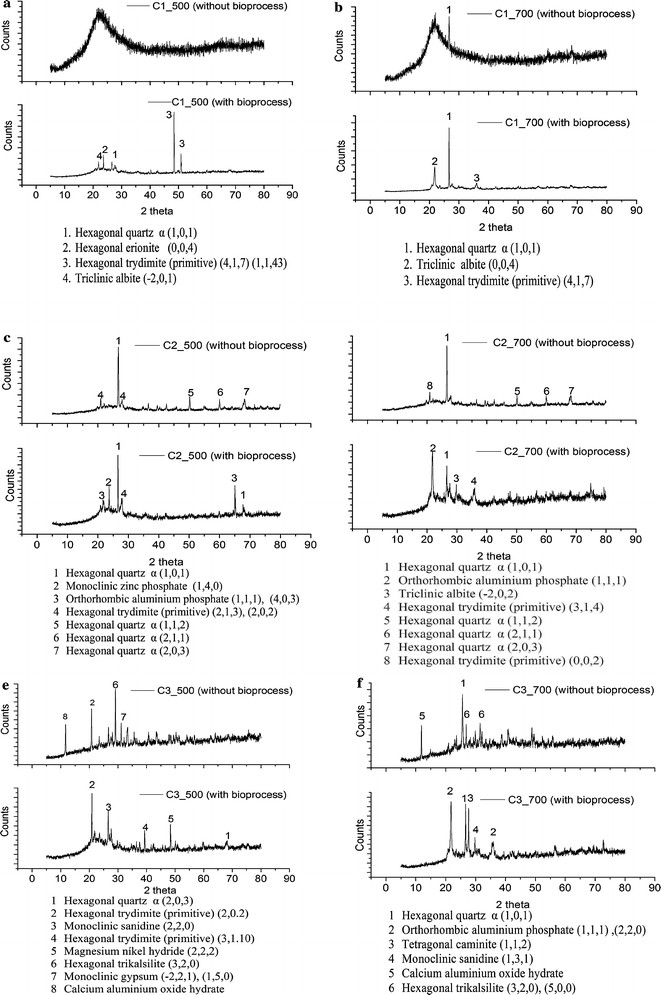

Visible light cannot pass through large thicknesses of the opal. The process can be described by Bragg's law of diffraction. The colors that are observed are determined by the spacing between the planes and the orientation of planes with respect to the incident light. Where the distance between the regularly packed planes of spheres is around half the wavelength of a component of visible light, the light of that wavelength may be subject to diffraction from the grating created by the stacked planes. The regularity of the sizes and the packing of these spheres is a prime determinant of the quality of precious opal. Sanders in the mid-1960s that these ordered silica spheres produce the internal colors by causing the interference and diffraction of light passing through the microstructure of the opal.


At microscopic scales, precious opal is composed of silica spheres some 150–300 nanometres (5.9 ×10 −6–1.18 ×10 −5 in) in diameter in a hexagonal or cubic close-packed lattice. Precious opal shows a variable interplay of internal colors, and though it is a mineraloid, it has an internal structure. Precious opal replacing ichthyosaur backbone display specimen, South Australian Museum Black opal is considered to be the rarest, whereas white, gray, and green are the most common. Depending on the conditions in which it formed, opal may be transparent, translucent, or opaque and the background color may be white, black, or nearly any color of the visual spectrum. Play-of-color is defined as "a pseudo chromatic optical effect resulting in flashes of colored light from certain minerals, as they are turned in white light." The internal structure of precious opal causes it to diffract light, resulting in play-of-color. Precious opal displays play-of-color ( iridescence), common opal does not. There are two broad classes of opal: precious and common. The name opal is believed to be derived from the Sanskrit word upala, which means "jewel", and later the Greek derivative "Opallios", which means "to see a change in color". It is also the stone that celebrates the 14th anniversary of marriage. It is deposited at a relatively low temperature and may occur in the fissures of almost any kind of rock, being most commonly found with limonite, sandstone, rhyolite, marl, and basalt. Because of its amorphous character, it is classed as a mineraloid, unlike crystalline forms of silica, which are classed as minerals. nH 2O) its water content may range from 3 to 21% by weight, but is usually between 6 and 10%.Opal is a hydrated amorphous form of silica (SiO 2 Hot salt water, bases, methanol, humic acid, hydrofluoric acid Mexican opal may read as low as 1.37, but typically reads 1.42–1.43 īlack or white body color: inert to white to moderate light blue, green, or yellow in long and short wave, may also phosphoresce, common opal: inert to strong green or yellowish green in long and short wave, may phosphoresce fire opal: inert to moderate greenish brown in long and short wave, may phosphoresce Single refractive, often anomalous double refractive due to strain A rich seam of iridescent opal encased in matrixĬolorless, white, yellow, red, orange, green, brown, black, blue, pink


 0 kommentar(er)
0 kommentar(er)
